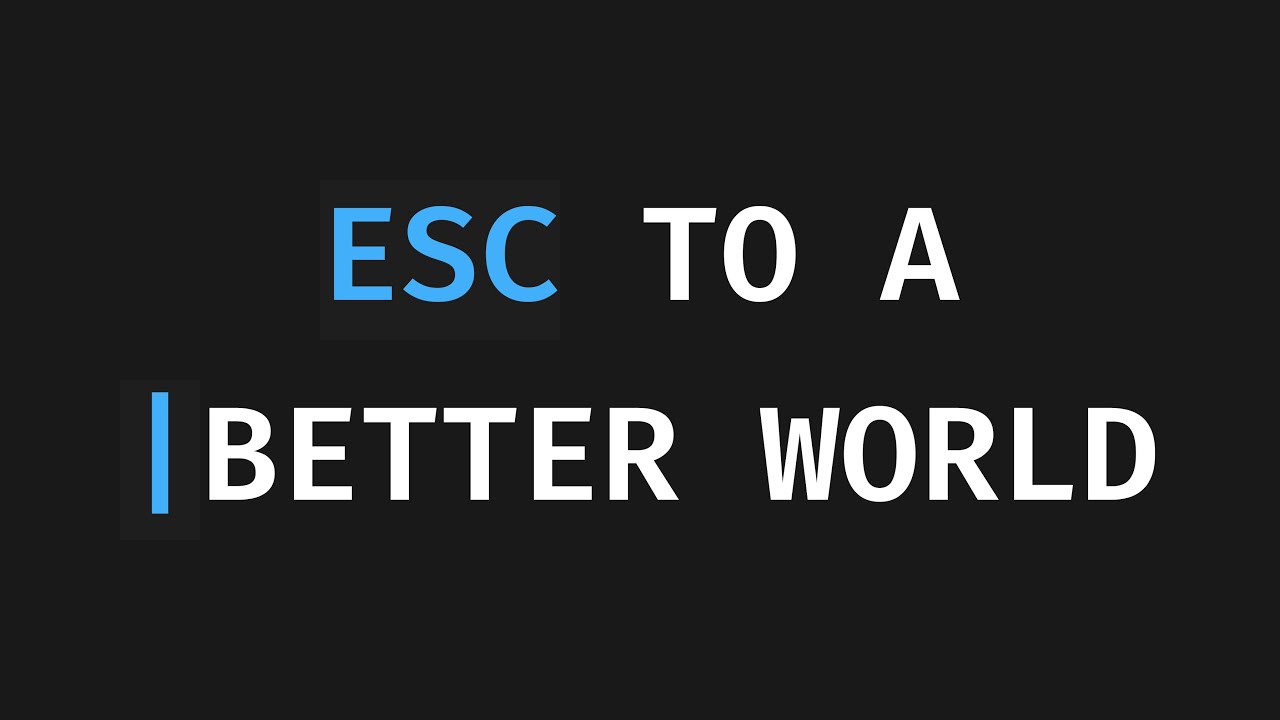In “Writing at the Speed of Thought,” Tris emphasizes that writing and editing are essential to clear thinking and reasoning, advocating for tools like Vim motions to enhance editing speed and cognitive flow. He argues that efficient, keyboard-driven editing transforms how we think and work, ultimately accelerating mental clarity and productivity.
In the video “Writing at the Speed of Thought,” Tris explores the deep connection between writing and thinking, emphasizing that writing is a form of extended cognition. He discusses how improving our writing environment and tools can enhance our ability to think clearly and reason more effectively. Drawing on the extended mind thesis, he argues that the bandwidth between our brain and our written work directly influences our mental speed and clarity. Tris highlights that writing is not just a way to record thoughts but a fundamental process that shapes how we think and reason.
He illustrates his point with the concept of the “speakwrite,” a device from George Orwell’s “1984” that immediately transcribes spoken words onto paper. While this device was meant to prevent literacy, Tris interprets it as a dystopian tool that hampers the ability to think critically because it eliminates the editing process. Without the ability to reflect and revise on paper, thoughts become muddled and unorganized, making it harder to think clearly. He emphasizes that writing, especially editing, is crucial for organizing and refining ideas, and that the loss of editing capability diminishes our capacity for reasoning.
Tris then critiques the legacy of the typewriter and modern keyboards, noting that they are inherently designed for typing, not editing. He points out that most writing involves a lot of rewriting and rearranging, which is difficult with traditional character-based editing methods. He advocates for a shift towards more efficient editing tools, specifically highlighting the use of Vim modes—special editing modes that enable powerful, keyboard-driven text manipulation. These modes, which can be integrated into many applications, allow for rapid editing without taking hands off the keyboard, thus speeding up the thinking process.
He explains the design philosophy behind Vim motions, emphasizing their ergonomic and intuitive nature, rooted in human body mechanics. By using operators and motions—like deleting words or moving paragraphs—users can perform complex edits quickly and efficiently. This approach mirrors micro-management in esports, where speed and precision give players a competitive edge. Tris encourages viewers to adopt Vim motions across their digital workflows, arguing that this consistency and speed can significantly enhance productivity and mental agility, making editing a seamless extension of thought.
In conclusion, Tris advocates for embracing tools and workflows that prioritize speed and efficiency in editing, asserting that this ultimately accelerates thinking itself. He encourages viewers to learn Vim motions, as they are widely supported and can transform how we interact with digital text. By doing so, he believes we can overcome the limitations of traditional editing methods, enabling us to think faster and more clearly. The video ends with a call to support his work through Patreon, along with links to resources for learning Vim motions, emphasizing that the goal is to speed up both editing and thinking for better creative and cognitive performance.
